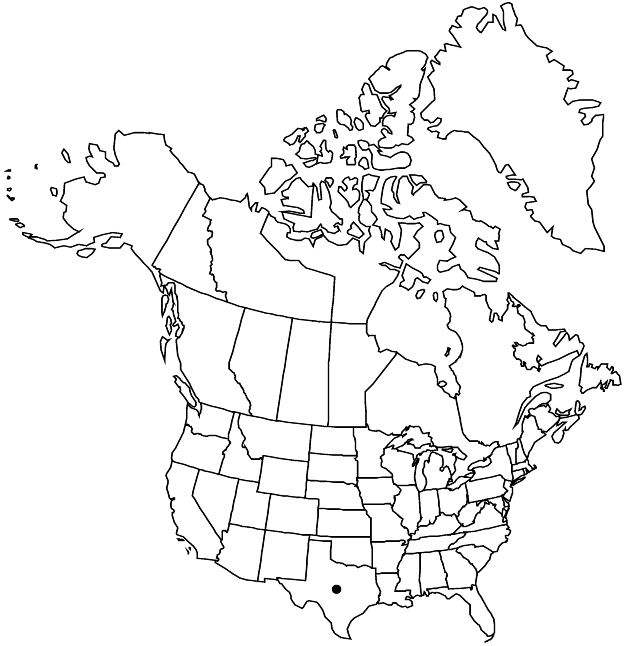Difference between revisions of "Euphorbia cinerascens"
Rep. U.S. Mex. Bound. 2(1): 186. 1859.
FNA>Volume Importer |
FNA>Volume Importer |
||
| Line 27: | Line 27: | ||
|elevation=70–1400 m. | |elevation=70–1400 m. | ||
|distribution=Tex.;Mexico. | |distribution=Tex.;Mexico. | ||
| − | |discussion=<p>In the flora area, Euphorbia cinerascens is found only in southern and western Texas. In Mexico, it is found from Chihuahua east to Tamaulipas, south to Guanajuato.</p> | + | |discussion=<p>In the flora area, <i>Euphorbia cinerascens</i> is found only in southern and western Texas. In Mexico, it is found from Chihuahua east to Tamaulipas, south to Guanajuato.</p> |
|tables= | |tables= | ||
|references= | |references= | ||
| Line 51: | Line 51: | ||
|publication year=1859 | |publication year=1859 | ||
|special status= | |special status= | ||
| − | |source xml=https://jpend@bitbucket.org/aafc-mbb/fna-data-curation.git/src/ | + | |source xml=https://jpend@bitbucket.org/aafc-mbb/fna-data-curation.git/src/8f726806613d60c220dc4493de13607dd3150896/coarse_grained_fna_xml/V12/V12_845.xml |
|genus=Euphorbia | |genus=Euphorbia | ||
|section=Euphorbia sect. Anisophyllum | |section=Euphorbia sect. Anisophyllum | ||
Revision as of 14:50, 18 September 2019
Herbs, perennial, with moderately to strongly thickened rootstock. Stems prostrate to decumbent, mat-forming, 5–30 cm, appressed wooly, strigillose, or short-sericeous. Leaves opposite; stipules distinct, subulate, 0.2–0.5 mm, appressed wooly to sericeous; petiole 0.3–0.8 mm, appressed wooly to sericeous; blade ovate to elliptic, 1.5–5.5 × 1.3–4 mm, base asymmetric, obtuse to hemicordate, margins entire often reddish, apex usually obtuse, occasionally acute (young leaves), surfaces sericeous to strigillose or slightly pilose, adaxial surface often glabrous; 3-veined from base but only midvein conspicuous. Cyathia solitary at distal nodes; peduncle 0.2–0.3 mm. Involucre turbinate, 0.8–1.3 × 1.2–2 mm, appressed wooly, sericeous, or strigillose; glands 4, purple-black, elliptic to oblong, 0.2–0.3 × 0.4–0.6 mm; appendages absent or reddish pink, forming narrow rim around distal margin of gland, 0–0.1 × 0–0.6 mm, distal margin entire, crenulate, or erose. Staminate flowers 15–20. Pistillate flowers: ovary canescent; styles 0.3–0.5 mm, 2-fid at apex. Capsules subglobose to broadly ovoid, 1.3–1.7 × 1.5–1.8 mm, canescent; columella 1–1.3 mm. Seeds white to pinkish or light brown, ovoid, 4-angled in cross section, 1–1.4 × 0.6–0.8 mm, smooth to rugulose or rarely with 1–2 inconspicuous transverse ridges. 2n = 32.
Phenology: Flowering and fruiting year-round (mostly spring–fall).
Habitat: Desert scrub, oak and juniper woodlands, thorn scrub, shrublands, grasslands, frequently on limestone substrates.
Elevation: 70–1400 m.
Discussion
In the flora area, Euphorbia cinerascens is found only in southern and western Texas. In Mexico, it is found from Chihuahua east to Tamaulipas, south to Guanajuato.
Selected References
None.
